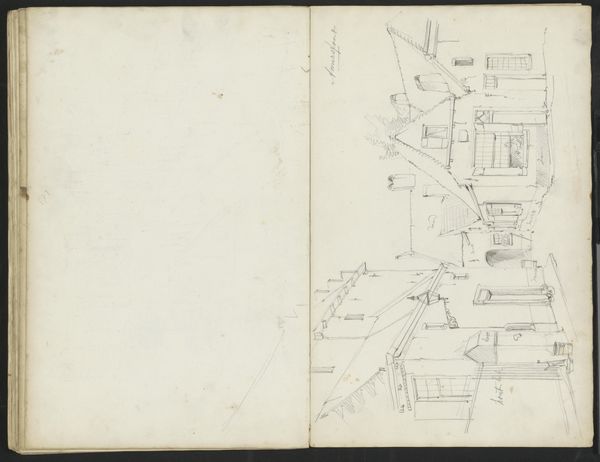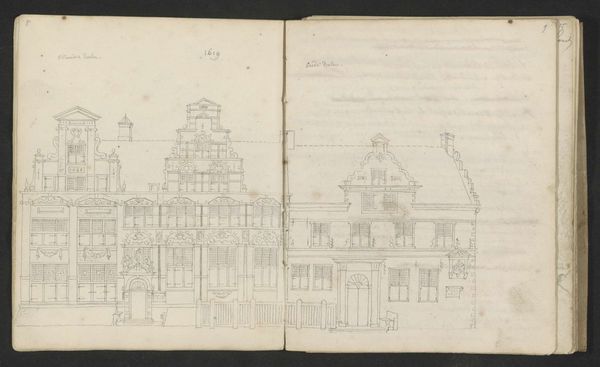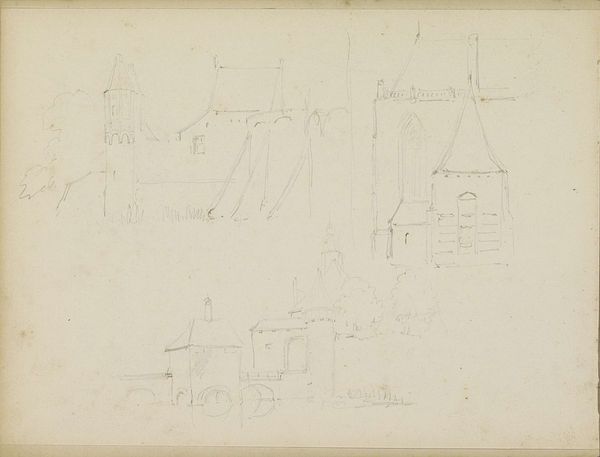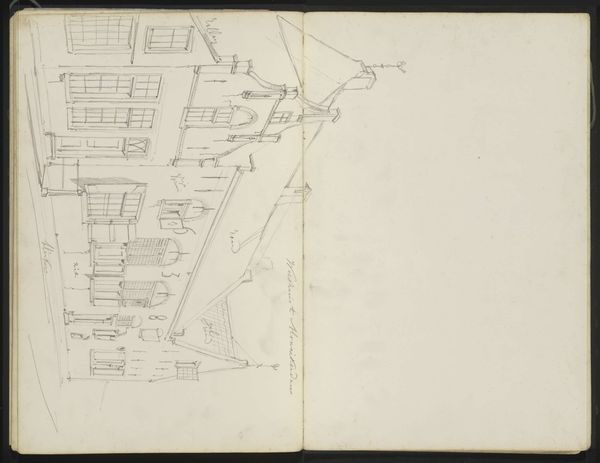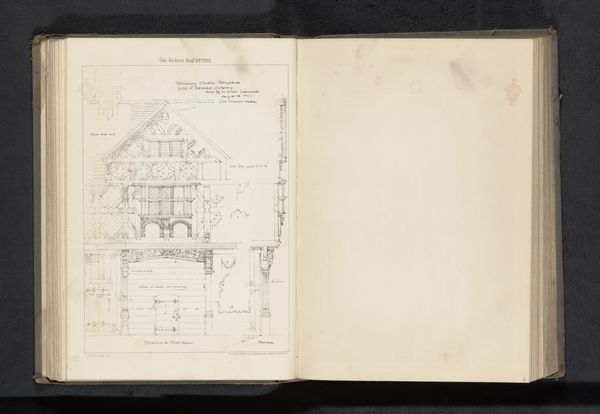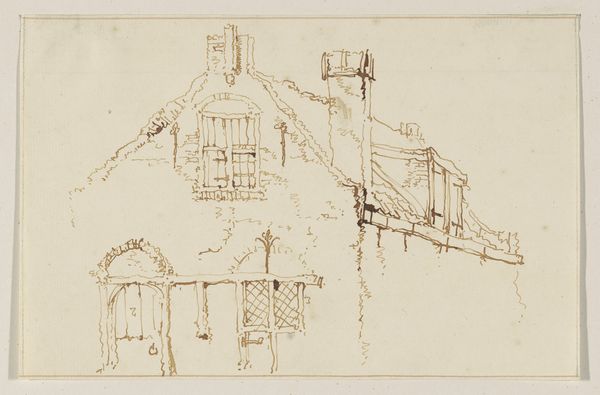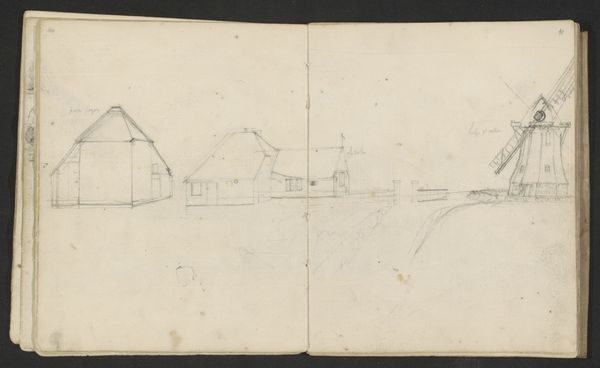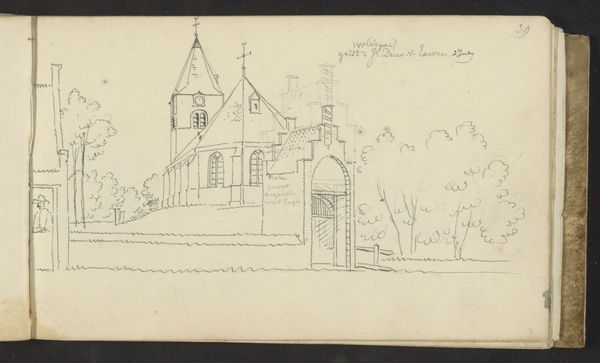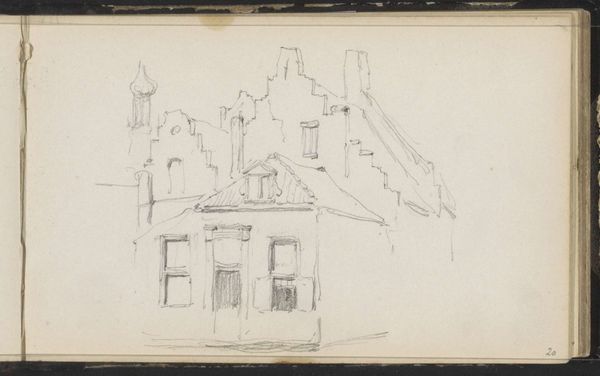
drawing, paper, pen, architecture
#
drawing
#
dutch-golden-age
#
sketch book
#
hand drawn type
#
landscape
#
paper
#
personal sketchbook
#
sketchwork
#
hand-drawn typeface
#
pen-ink sketch
#
line
#
pen work
#
sketchbook drawing
#
pen
#
cityscape
#
storyboard and sketchbook work
#
sketchbook art
#
architecture
#
realism
Copyright: Rijks Museum: Open Domain
Editor: This pen and ink drawing is called 'Hofstede Overton te Haarlem,' made by Cornelis Pronk around 1728 to 1732. It reminds me of an architectural blueprint in a personal sketchbook. What do you notice about how this drawing fits into the artistic and social context of its time? Curator: Well, consider that Pronk wasn’t just sketching a building; he was capturing a status symbol. In the Dutch Golden Age, these hofstede, or country estates, represented the wealth and influence of the merchant class. The drawing’s function goes beyond simple representation; it displays social aspirations. Editor: So, was this image part of promoting the Estate to be sold, or commissioned? Curator: Potentially. Such precise depictions served a vital role in both the construction and the marketing of these estates. These drawings provided a visual language to negotiate the relationship between landowners, architects, and the public, and reflect emerging capitalist systems where images became commodities. The meticulous architectural renderings satisfied the patrons eager to display their modern taste. Who was this house for? What did they do? These details provide critical insight into the people and power dynamics of this historical moment. Editor: I see! It is not just a pretty picture. It embodies societal power dynamics and even economic aspirations through its artistic choices. Curator: Exactly. Looking at it from that perspective helps us appreciate how seemingly simple sketches played a significant public role. The piece embodies and perpetuates social standing in the Netherlands. Editor: I never would have thought about how economics played a role in it, and how promotional it was. Thanks so much for your insight. Curator: My pleasure. Thinking about art in terms of social impact enriches our understanding and provides a more holistic interpretation.
Comments
No comments
Be the first to comment and join the conversation on the ultimate creative platform.

